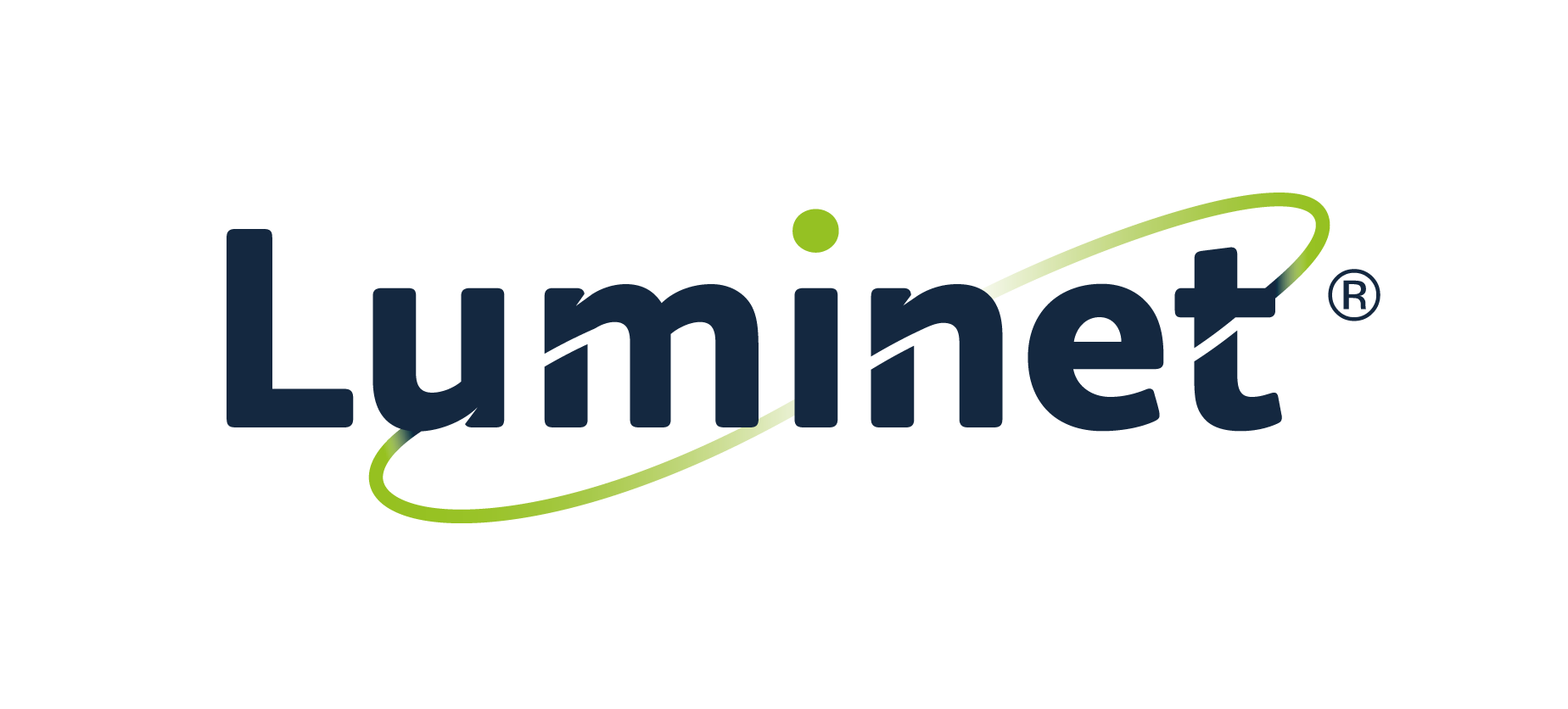WANs vs LANs for Businesses
WANs vs LANs for Businesses
Luminet promises to “take away the debate about public and hybrid cloud and turn your WAN into your LAN”. The obvious questions that follow are:
- What are WANs and LANs?
- What are differences between WANs and LANs?
- How does Luminet effectively bridge this gap?
What is a LAN?
LAN is an acronym for “Local Area Network”. The easiest way to imagine a LAN is a group of computers connected to one another in a stand-alone network. Most commonly these computers reside in the same building. Examples might include a network of computers in an office building, or within a dedicated university campus. The critical element here is that all the computers are networked internally, but do not necessarily have to be connected to any outside source.
What is a WAN?
WAN stands for “Wide Area Network”. Broadly speaking, as the name would suggest, a WAN connects computers over a much larger geographical area. Thus if you wanted to transfer files from your computer to one on the other side of the world the most likely tool is a WAN rather than a LAN. The Internet is the best-known example of a WAN.
Note, also, that LANs can be connected to one another via WANs. Thus if a company employee wanted to send a specific file to their colleague next door they may well use the LAN. In contrast, an individual sending the same file to a satellite office many miles is more likely to use a WAN.
What are the Differences Between WANs and LANs?
The most obvious difference between LANs and WANs is simply the geographical distances over which the network operates.
However, this is far from the end of the story.
Thanks to the technology required to transmit data over the various networks it tends to be that local area networks transmit data more efficiently – and hence more quickly – than a wide area network. While the differences might be minimal to the casual observer, for mission-critical business activities – such as financial trades – the difference can make a significant difference.
The second major difference pertains to network security. As a LAN does not necessarily have to be connected to a WAN they can act as a standalone network. Thus, gaining entry to such a network means one must be physically plugged into the network.
WANs, in contrast, can transmit data from one LAN to another. As a result, WANs can be more prone to security concerns than LANs, potentially leading to business complications.
The final difference is that while most LANs are owned internally by a company, many businesses rely on the Internet to act as a WAN. As such, limitations can be placed on the volume of data transferred in order to control costs, while public access networks can suffer significantly with varying service levels depending on traffic patterns.
As we can see, for many businesses, LANs offer a significant number of benefits over WANs, though increasingly being connected to a wider network is becoming an essential part of business operation. Fortunately, Luminet has invested millions of pounds into a “hybrid” model which helps to achieve the same benefits of a LAN but on a global scale.
How Does Luminet Help?
As specialist providers of 100% Always-On internet service, Luminet is considered experts in the provision of leased lines to businesses in London.
A leased line, as the name suggests, is dedicated to just your company. This offers a number of distinct business benefits.Firstly, the bandwidth capabilities are dedicated just to your use, meaning no oscillation of service throughout the day, with latency increasing at peak times.
Secondly these leased lines help to aid security, as they are not accessible to other Internet users. As such, the data sent down the leased line is considered to be much safer than packets transmitted over the wider Internet.
Lastly, the bandwidth available to your business can quickly be scaled up or down as required. Here at Luminet bandwidth changes can be actioned in as little as 30 minutes. In doing so, you’ll always have the capability required to operate effectively, but without paying unnecessarily for redundant services.
The second part of the puzzle involves our managed firewall. Such a firewall operates as a second line of defence, to carefully control incoming and outgoing data packets. Think of it as a secure wall built around your LAN, with you maintaining control of who is able to enter or leave.
Historically setting up and maintaining a firewall has been fraught with difficulty, but here at Luminet we manage the whole process on your behalf. In doing so you’ll save time and effort, and can focus on running your business, rather than worrying about your IT infrastructure.
As you can see, Luminet are able to offer the same benefits of a LAN – notably speed, control, reliability and security – but to your WAN. As a result, businesses are able to benefit from the best of both worlds, thanks to our unprecedented SLA.
Find out more about Luminet’s 100% Always-On internet service and our managed firewall service
Contact me to get connected








